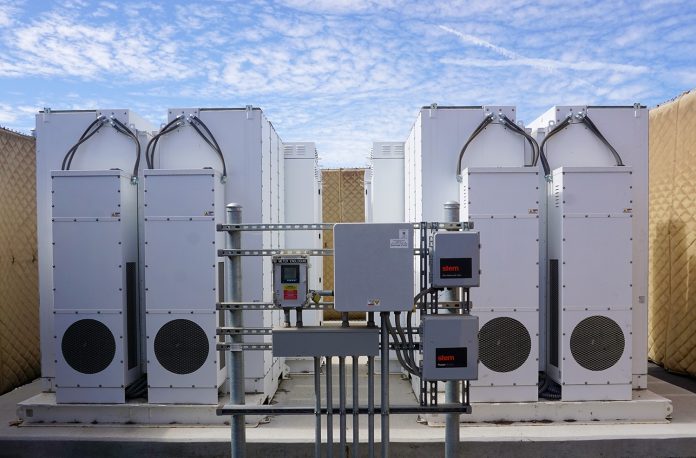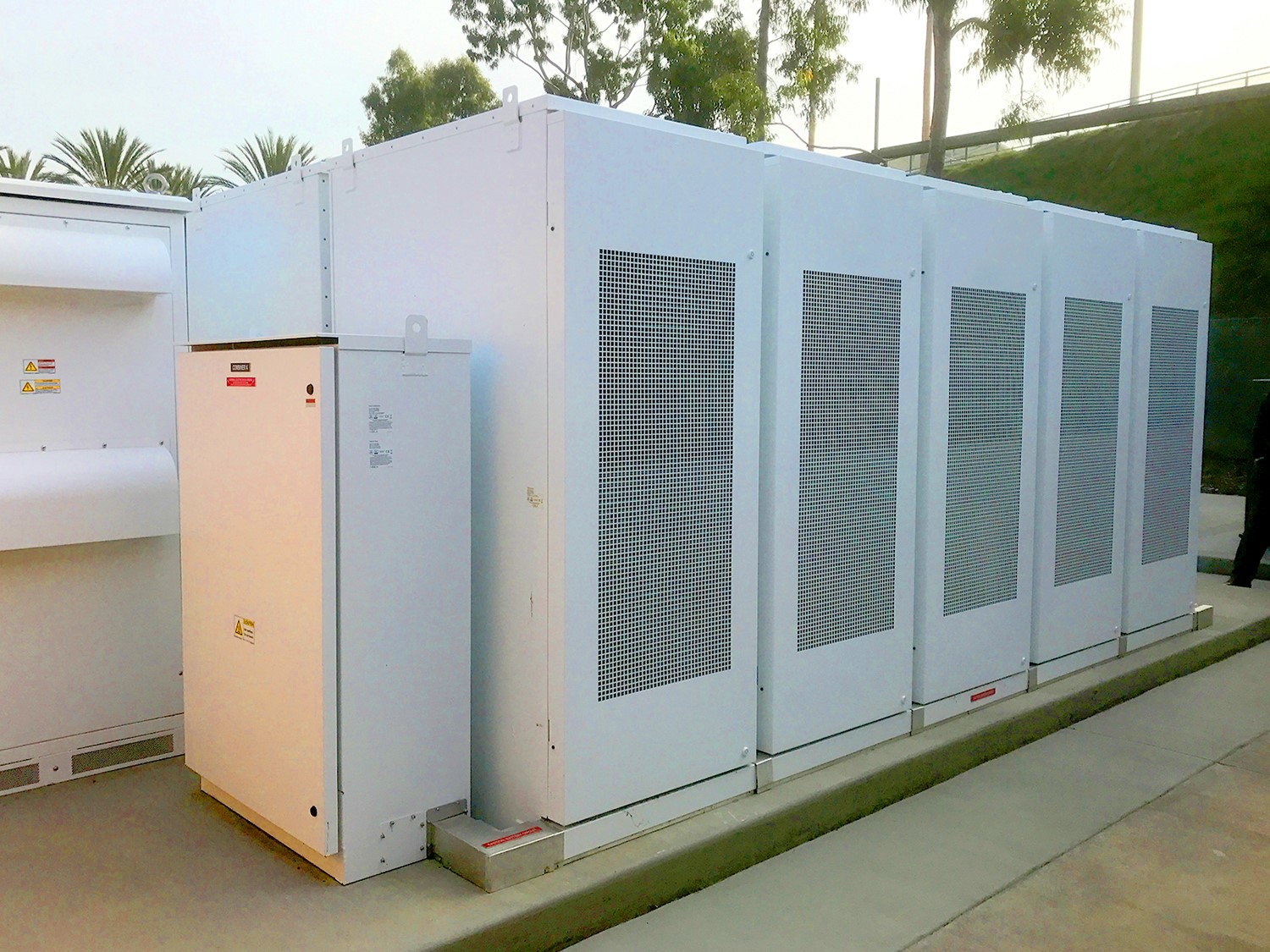In this report, Bruce Nagy discusses the reinvention of North American energy systems, particularly electricity storage and intelligent load management
The long-predicted upheaval in the energy sector in North America seems to be more real than ever before. Indiana, formerly coal central, is shuttering its plants in favour of renewable power. The leading jurisdiction for wind turbines on the continent is none other than oil-soaked Texas. Illinois is adopting more wind too and by 2035 will close all 11 of its nuclear plants and require 100% clean energy in buildings. New York State is investing heavily in geothermal heating and cooling.
At least 10% of Hawaii’s buildings are powered by rooftop solar. There are more than three million electric cars on the planet, and there will soon be twice that number. Hundreds of thousands of them are being produced by a relative newcomer to the auto business – California.
Although some of these changes may seem like dramatic new developments, they are quickly becoming old news. Some formidable forces drive them: risks from climate change, clean energy regulation, and the dropping cost of solar cells and wind power. But another compelling value proposition may add significantly to the story of our energy system disruption. Developments in electricity storage and intelligent load management (smart grid) might yet prove to be more than the ‘final pieces of the puzzle’ for renewables. They might also become the most powerful pieces.
While searching his tablet for discount codes for chocolate drizzled quinoa in the Whole Foods organic café in Brooklyn, New York, Taylor M. noticed a hope-inspiring scene out the window. The vertical turbines in the parking lot were spinning languidly, and romantic amber sunlight was glancing off the solar carports. He sent some selfie video to his girlfriend in which he extolled the virtues of the Whole Foods approach to clean energy.
For the grocery chain’s CFO the solar carports may prove to be more of a brand enhancement than a greenhouse gas reduction strategy. He cares more about a successful recent pilot test conducted in seven stores, and how quickly they can roll out the storage+software solution supplied by San Francisco’s Stem energy. Whole Foods has 494 stores in North America and the UK. By seamlessly switching to battery power during hours of peak demand, each store will save about a US $74,000 over 10 years. If it was every store the saving could be $36 million.
Stem can’t keep up with demand, installing its system in theme parks, hotels, condominium developments, and numerous retail stores. Bed, Bath & Beyond, a home furnishings chain, is targeting $60 million in savings over 10 years.
Electric vehicle grid solutions
“A typical North American home has traditionally used about 2 kilowatts at peak load, but an electric vehicle charger might require 8 or 10 kilowatts,” says Jessie Ma, P. Eng., a Senior Research Fellow for the Centre for Urban Energy (CUE) at Ryerson University in Toronto. “If it was one or two cars in the neighbourhood that wouldn’t be a problem for the grid, but when everyone comes home and plugs in…”
Bloomberg predicts about 30 million electric cars by 2030, with about one-quarter of these on American roads. Ryerson, some governments, and private Canadian companies are developing community, residential and commercial storage solutions.
Future city experts around the world are also divining strategies to create massive vehicle-to-grid virtual batteries through technology that will allow electric vehicle owners to automatically sell back unused power to grid managers in real time during high demand situations.
Exploring expertise
California’s Silicon Valley and similar Canadian tech sector companies are among the world leaders in smart grid software, expertise and storage. In both jurisdictions, government research projects have morphed into energy management startups. In addition to making electric cars, Tesla has famously been sending huge lithium-ion installations to Australian power utilities, with excellent results. One of the projects was able to sell so much power to neighbouring states that it will pay off its investment in less than two years. Ontario’s Hydrostor recently announced it would convert the former Angas Zinc Mine near Adelaide in South Australia to a large compressed air project that will later be coupled with a solar PV farm.
Utility storage, corporate peak shaving, and electric transportation are only part of the smart grid/storage opportunity story. There are also governments and institutions with resiliency and security issues, remote communities, developing countries and thousands of other entities with reasons to go partly or fully off-grid, realize some operating savings or add redundancy. And their options are multiplying beyond lithium ion to include compressed air (as already mentioned), flywheels, solid state and flow batteries, new gravity-based solutions, DC power networks and others.
In 2016 Bloomberg New Energy Finance published an industry outlook predicting that storage would grow into a $250 billion business. Just a few years later it has dramatically increased its forecast and is now projecting $1.2 trillion by 2040.
https://about.bnef.com/electric-vehicle-outlook/
Bruce (BF) Nagy
Writer
+ 1 416 432 6568












